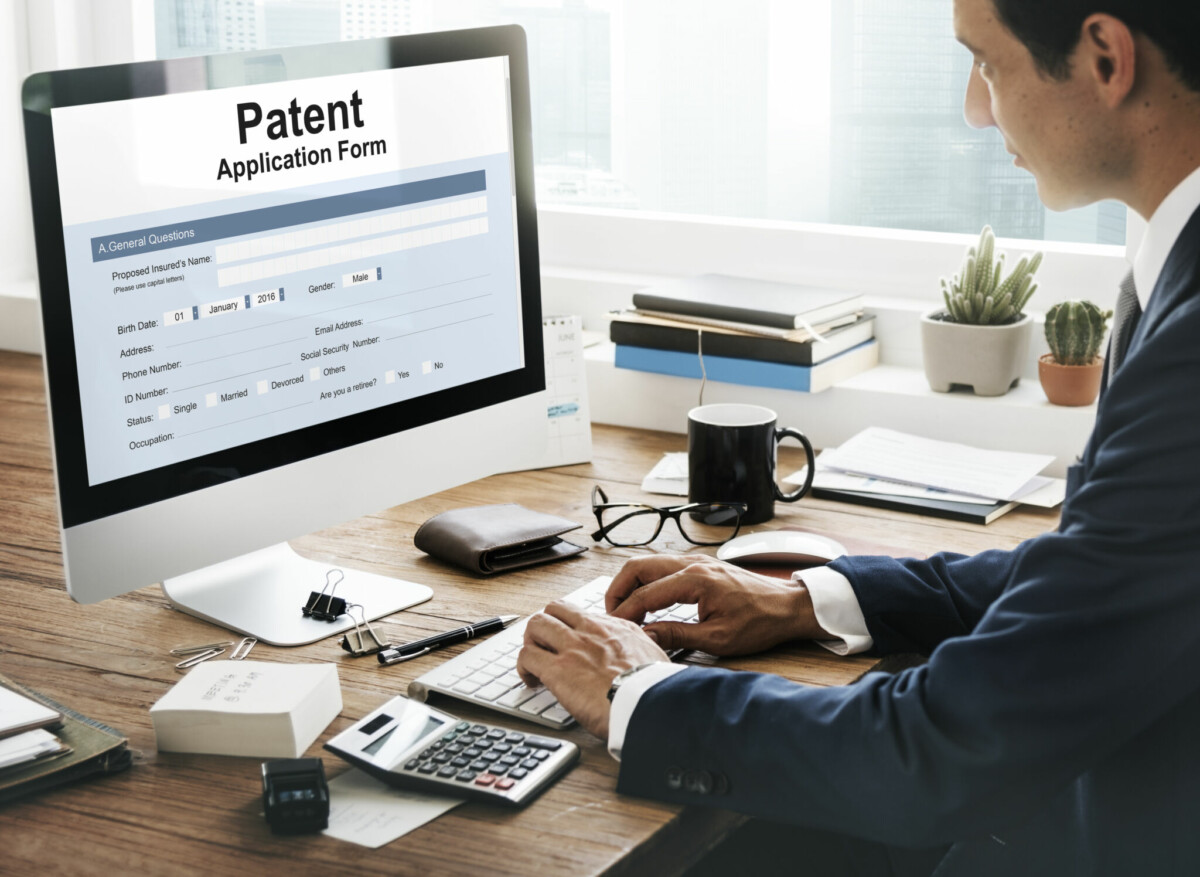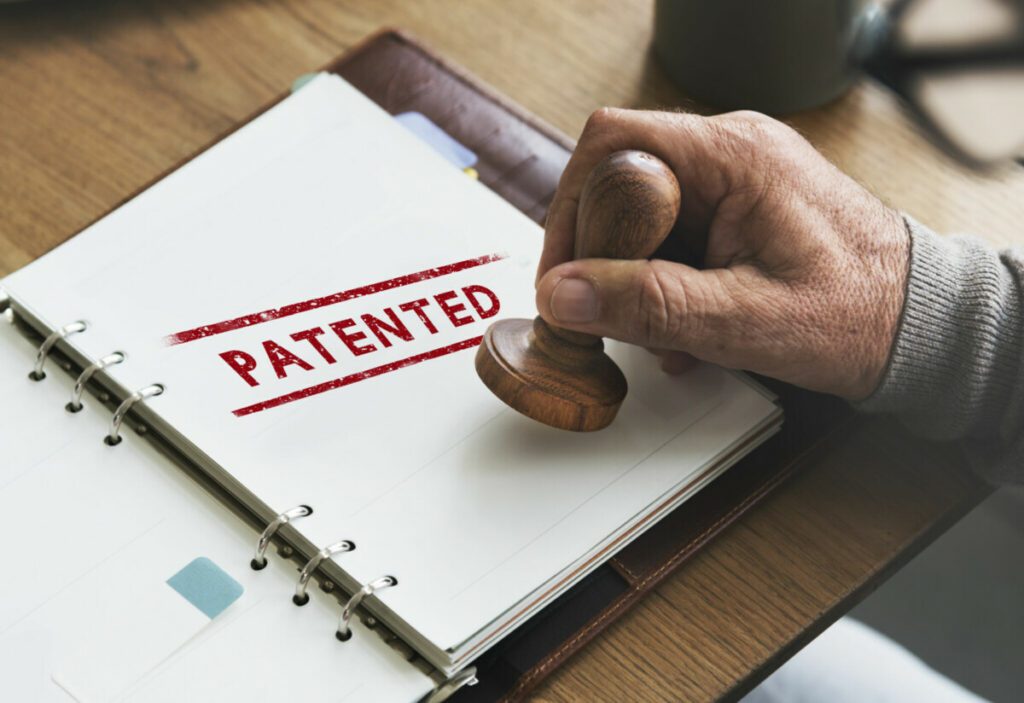
14 Oct Patenting: The Patent Application Process
Patenting can be a complex and time-consuming process, but it’s important to remember that the patent application is the first step. The patent examiner will need to review the application and make sure that it meets all the requirements. Once the examiner is satisfied that the application meets all the requirements, they will issue a Notice of Allowance, which means that the patent will be granted. However, if the examiner finds any problems with the application, they will issue a Notice of Objections, which means that the patent will not be granted.
If you’re thinking about getting a patent, here’s what you need to know on how to patent an idea.
What is Patentable?
A patent is a legal document that grants the holder exclusive rights to an invention. There are different types of patents and patent examples but to be patentable, an invention must be new, useful, and non-obvious.
- New means that the invention has not been before disclosed to the public.
- Useful means that the invention must have a practical application.
- Non-obvious means that the invention must not be obvious to someone skilled in the relevant field. To be non-obvious, an invention must have unexpected or surprising features.
Patents are granted by the United States Patent and Trademark Office (USPTO). After your patent expires, anyone can make, use, or sell your invention without your permission.
How do patents work?
There are two types of patent applications, provisional and non-provisional. Filling a patent is a legal document that gives its owner the exclusive right to make, use, or sell an invention for a certain period of time. Patents are granted by the government and are valid in the United States for 20 years from the date of filing. Patent protection is important because they give inventors a way to guard their inventions against being copied or used without permission. Inventors can also license their patents to other companies, which can help them make money from their inventions.
Do You Need a Patent for Your Product or Service?
A patent definition is a form of intellectual property that gives its owner the legal right to exclude others from making, using, or selling an invention for a limited period of years.
How to patent a product? There are a few reasons why business owners might need to get a patent for their product or service. First, it can give them a leg up on the competition. If their invention is unique, it can be very difficult for others to copy or reverse engineer without a patent. Second, it can help them raise money from investors. Having a patent can show that they’re serious about their invention and that they have put in the work to protect it. Finally, it can help them defend against lawsuits from other companies. If someone sues them for infringement, having a valid patent can be a strong defense. Of course, getting a patent is not easy. You might also want to ask how long it takes to get a patent. The process of filing and patent prosecution can be complex and time-consuming. But for many business owners, it’s worth the effort to get the protection they need.
The Pros and Cons of Patents
There are pros and cons to awarding patents. Pros may include that it encourages creativity by giving inventors an incentive – financial gain – to create new products. It also allows the inventor to recoup expenses incurred during research and development. Cons may include that it limits competition and drives up prices for consumers. It is up to society to decide whether the pros or cons of patents outweigh each other.
How to File a Patent

Filing a patent can seem like a daunting task, but it doesn’t have to be. There are a few simple steps you can follow on how to file a patent to ensure that your application is complete and your chances of success are high.
How do you get a patent? First, you’ll need to do some research to make sure that your invention is actually eligible for patent protection. Once you’ve determined that, you’ll need to gather all the necessary documentation and files. This includes things like a description of your invention, drawings or schematics, and details about how it works.
How to apply for a patent? Next, you’ll need to submit your application to the United States Patent and Trademark Office (USPTO). They will review your application and determine whether or not to grant you a patent. If they approve your application, you’ll be the owner of your patent!
Protect Your Inventions
If you’ve got a great invention, the first question is how to get a patent to protect it. If patent law might be confusing for you we are here to help.
Fernald & Zaffos Lawyers has experience helping clients through the entire patent process, from filing the initial application to maintaining the patent and enforcing it against infringers.
Contact us today to learn more about how we can help you patent your invention.
You Might Also Like:
Patent Attorney: Get Legal Protection for Your Inventions
I need to sue another business. How does the litigation process play out?
What should I do if someone files a lawsuit against my business?
The New Business Owner’s Guide to Employment Law
What can my business do to reduce its chances of being sued
